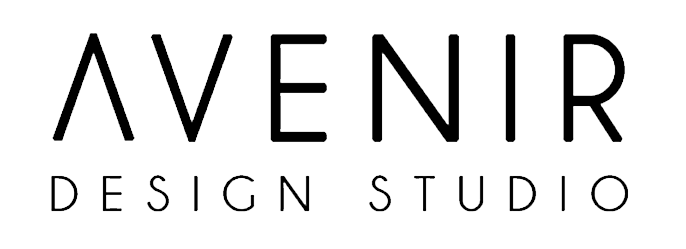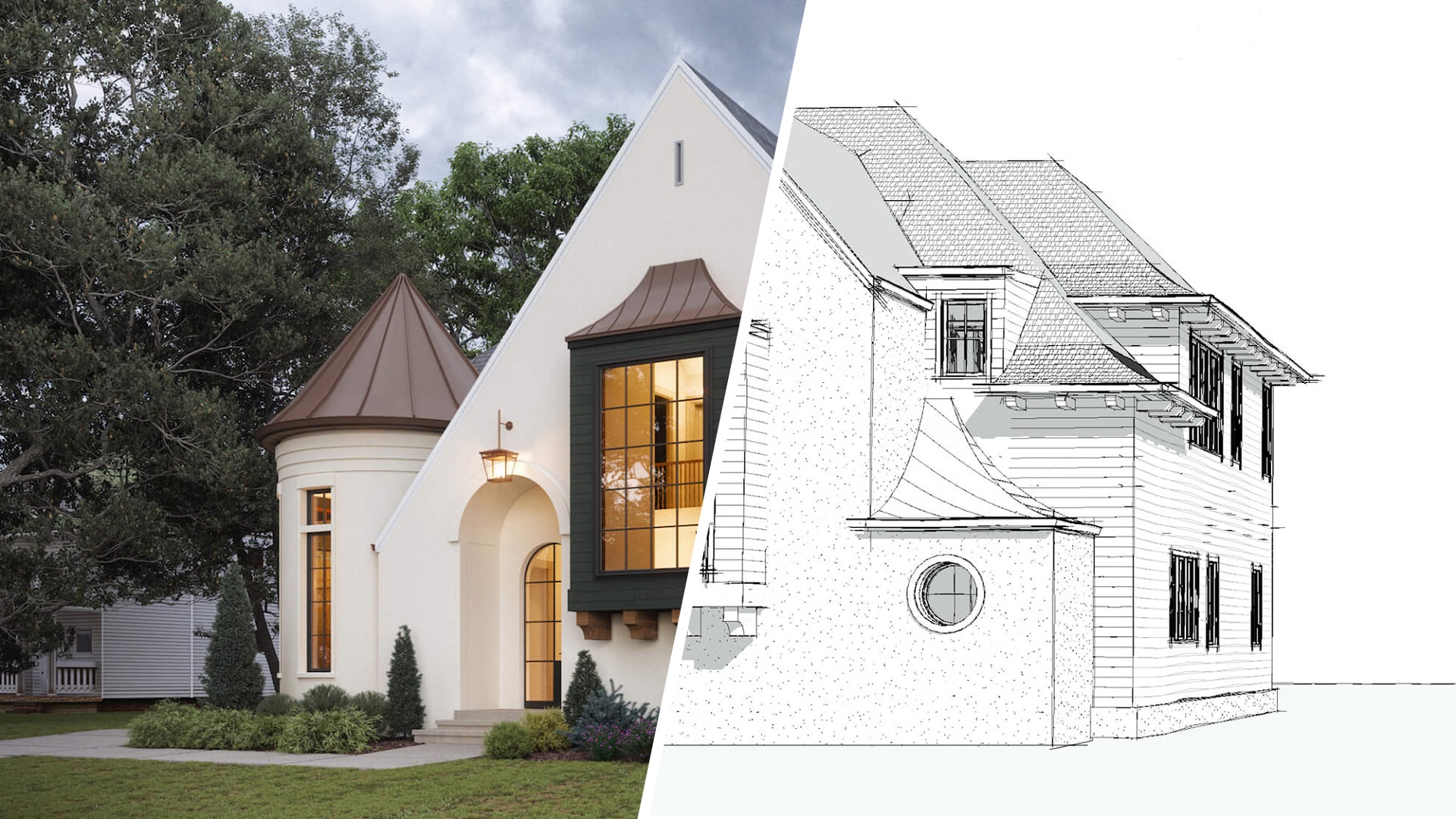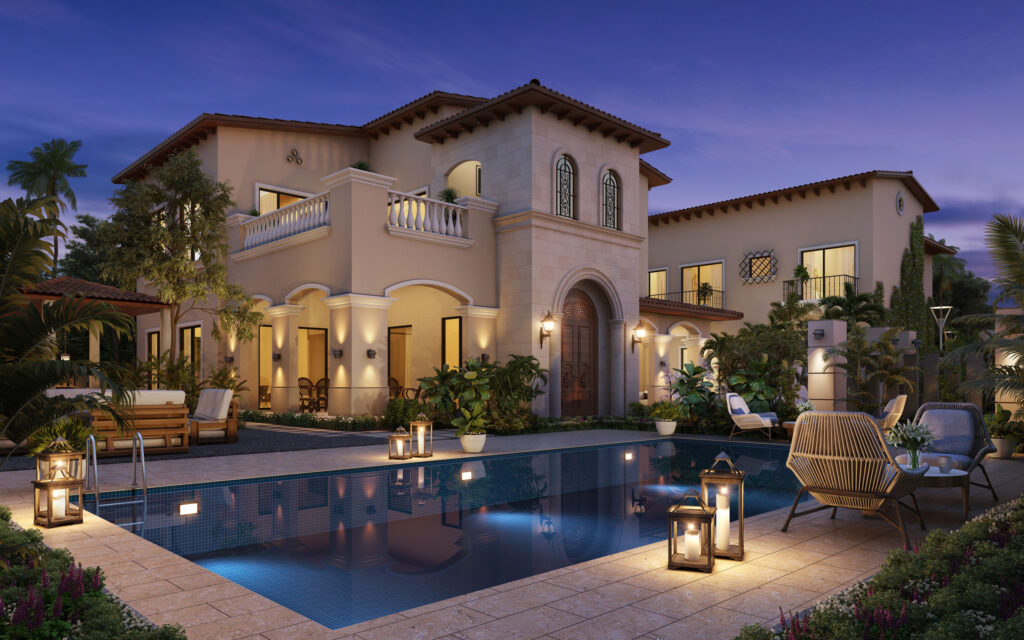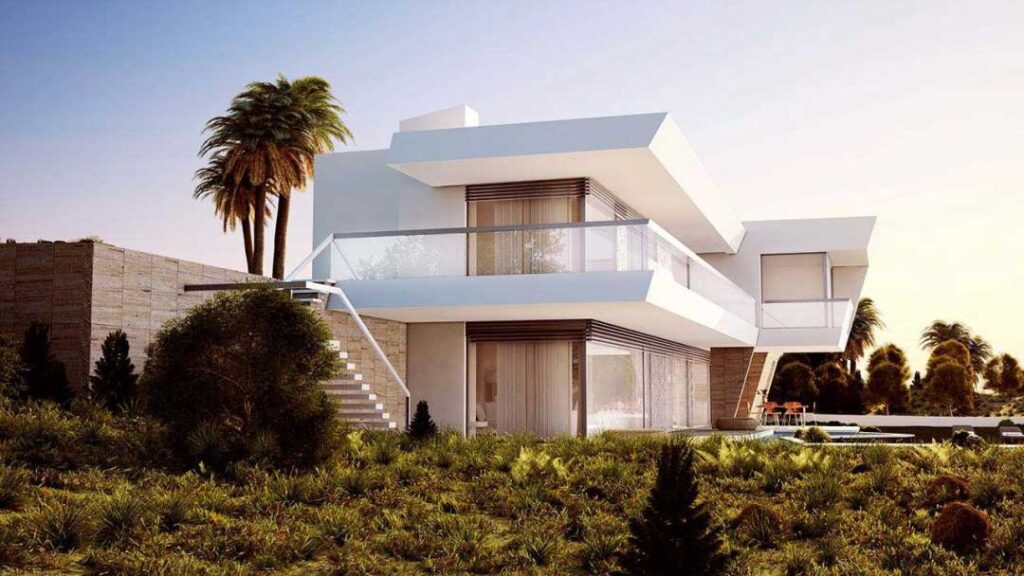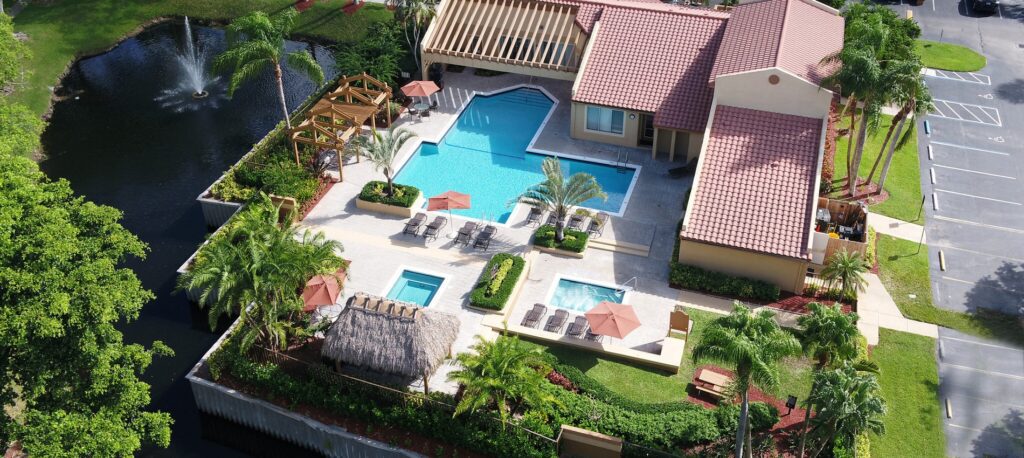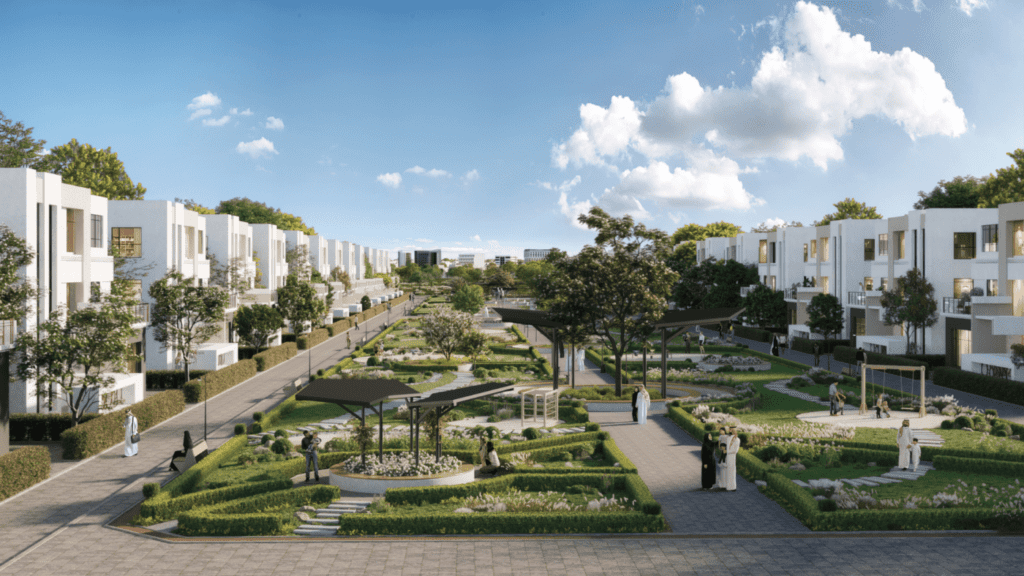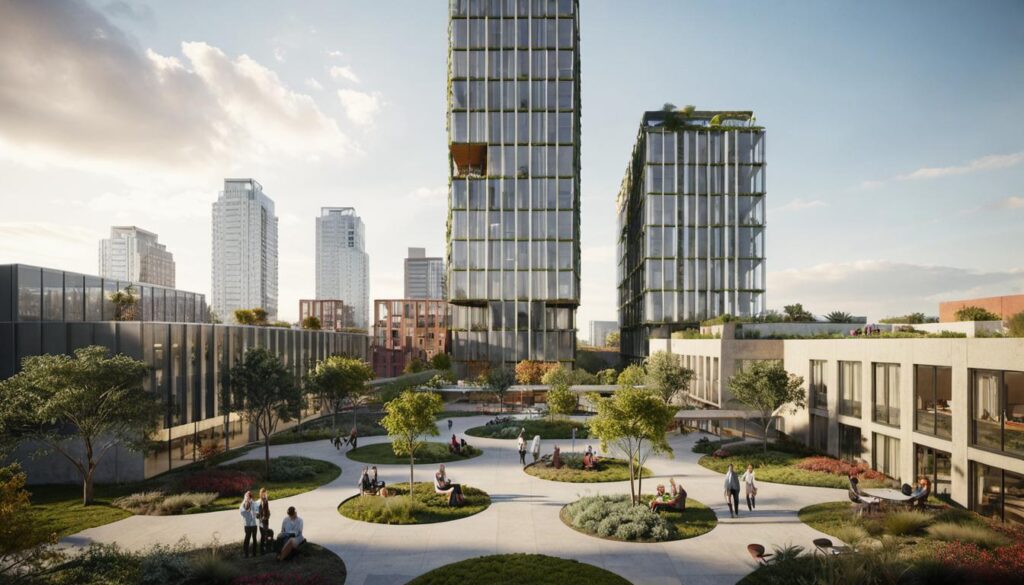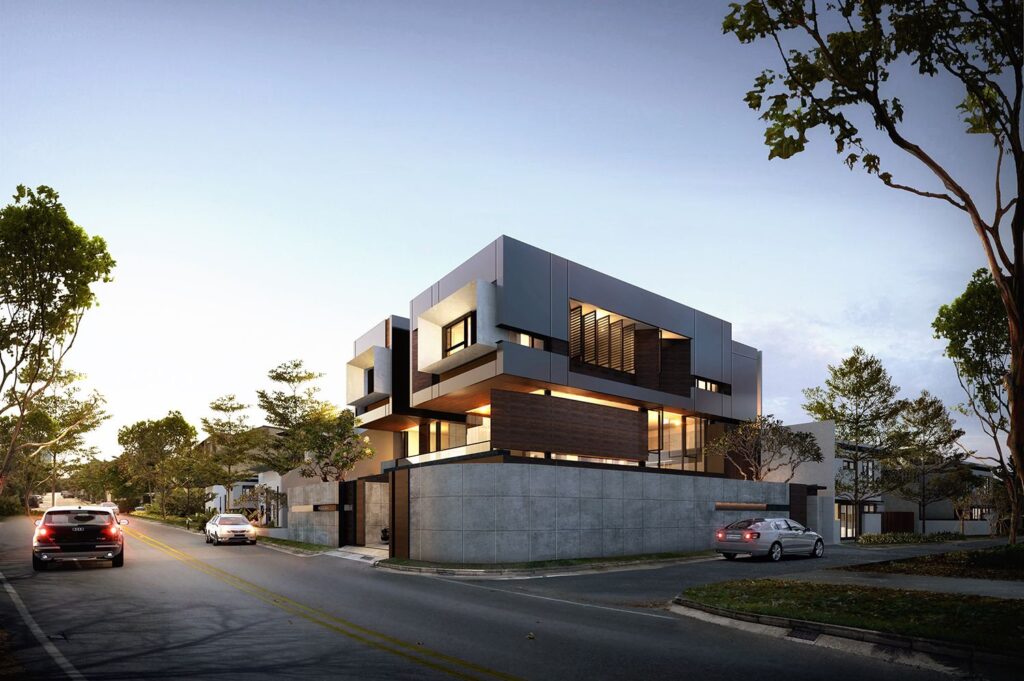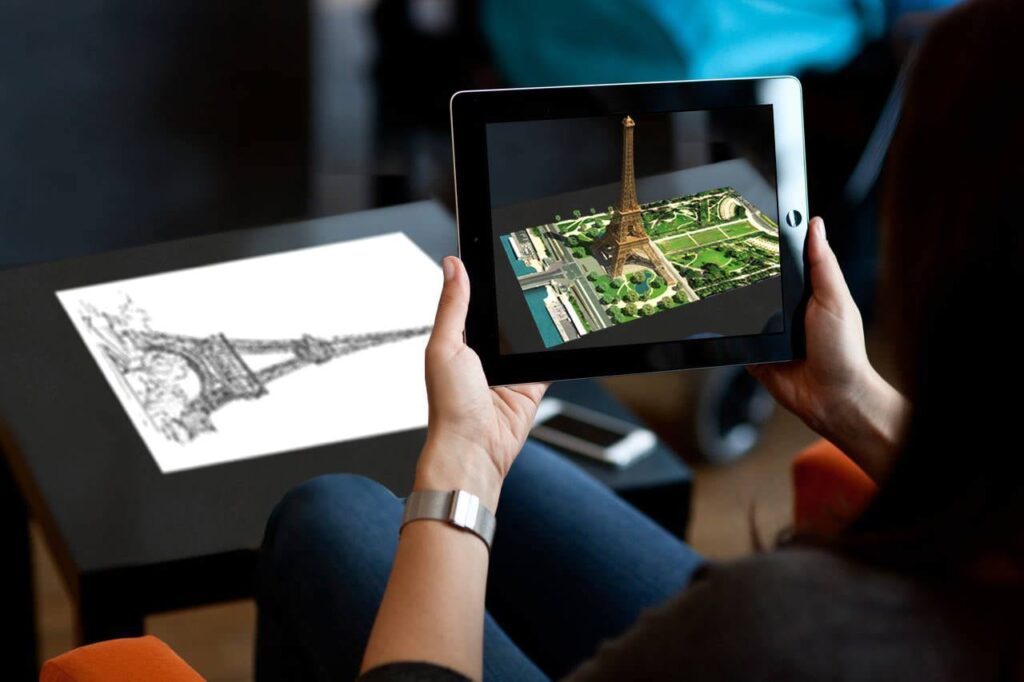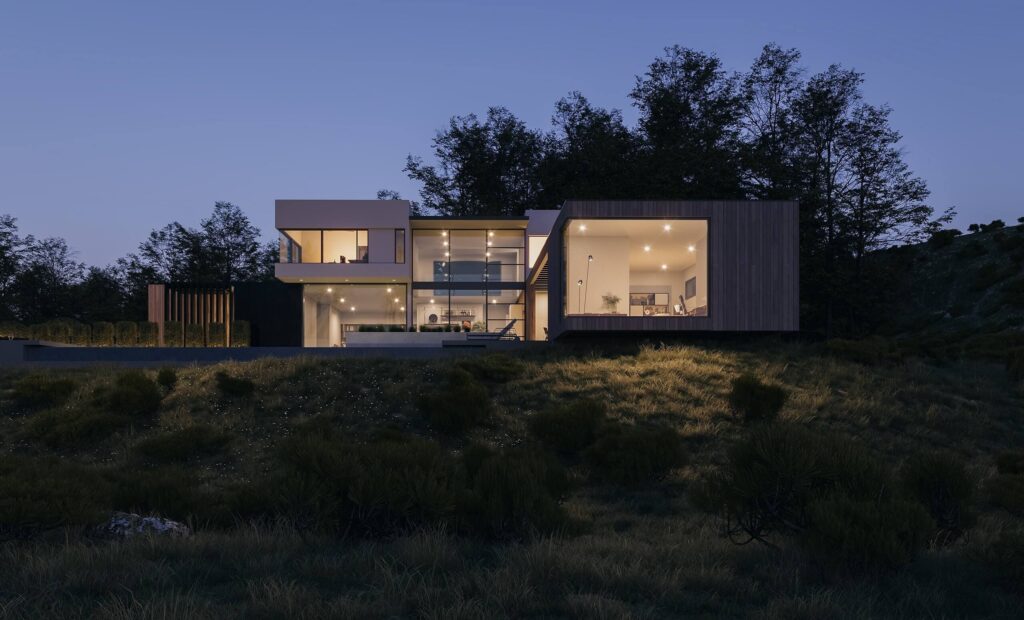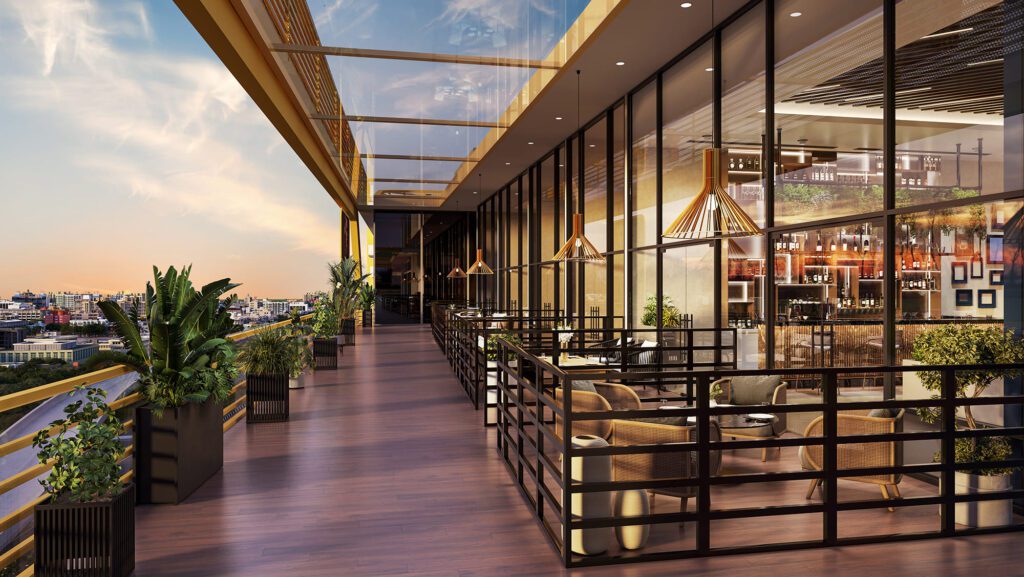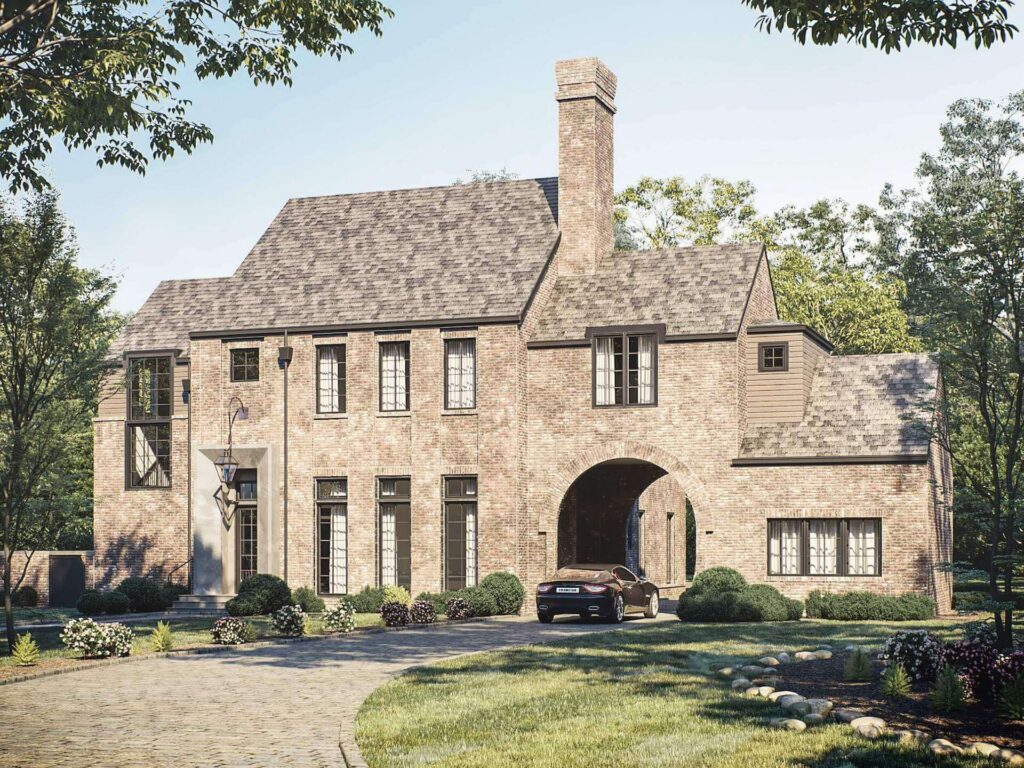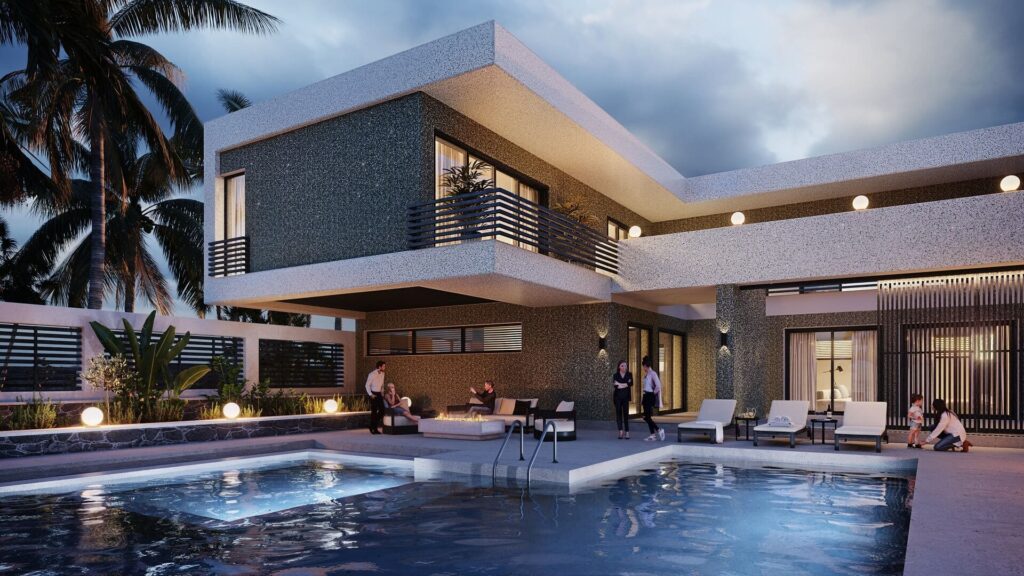Architectural 3D visualization is a powerful tool for bringing design concepts to life, but the way you position and frame your camera can make all the difference in creating an impactful and immersive presentation. Camera angles play a crucial role in guiding the viewer’s perspective and highlighting the key features of your architectural project.
Explore below the top 5 tips for showcasing camera angles in your architectural 3D visualization to captivate your audience and elevate your design presentation.
1. Establish a Narrative Perspective
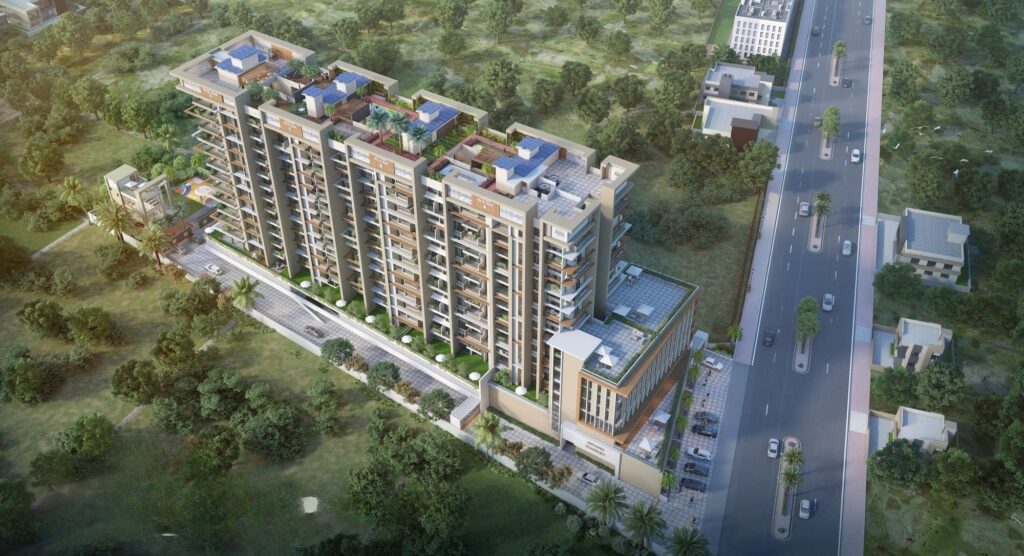

When selecting camera angles, consider the story you want to convey. Are you aiming to showcase the grand scale of the building, the intricate details of the interior, or the seamless integration with the surrounding landscape? Choose camera positions that align with the narrative you’re trying to communicate, whether it’s a bird’s-eye view, an eye-level perspective, or a dynamic angle that emphasizes a specific architectural element.
2. Leverage Varied Viewpoints
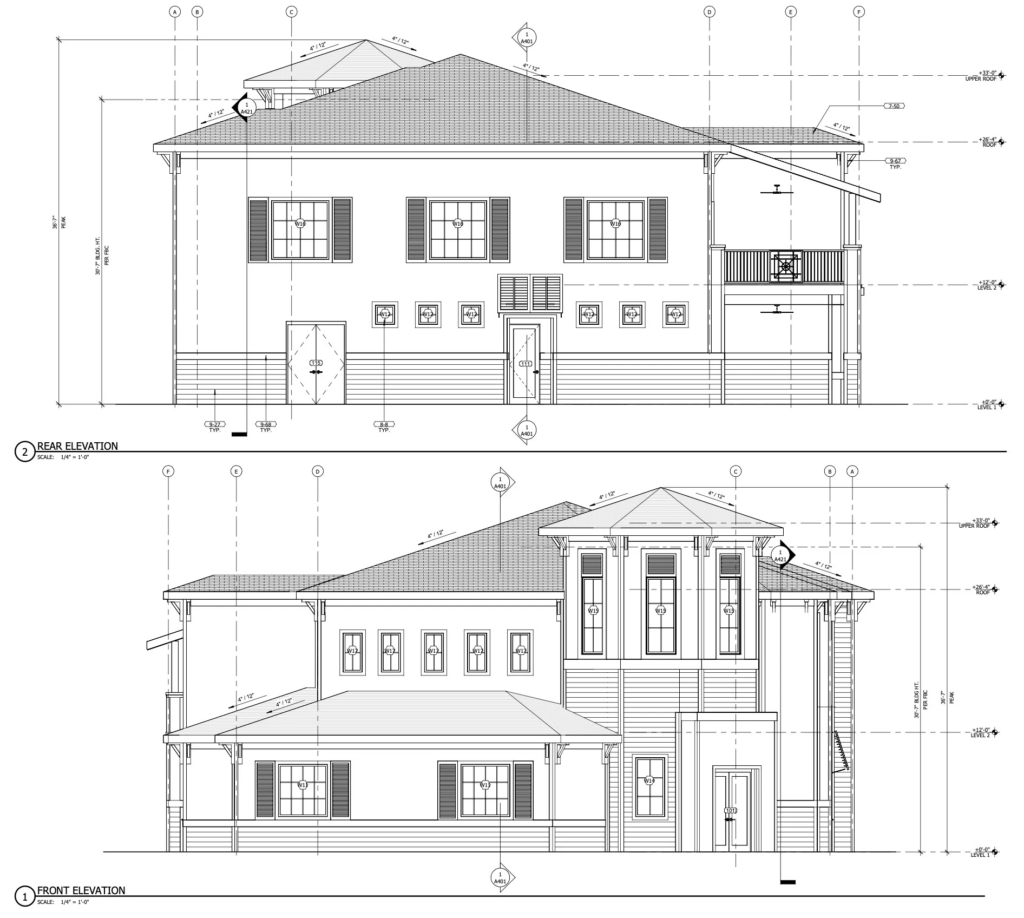

Incorporate a range of camera angles to provide a comprehensive understanding of your architectural design. Start with a wide, establishing shot to set the scene, then transition to closer, more detailed perspectives that highlight the unique features and design elements. This variety of viewpoints will help your audience fully immerse themselves in the 3D visualization and appreciate the depth and complexity of your project.
3. Accentuate Architectural Highlights
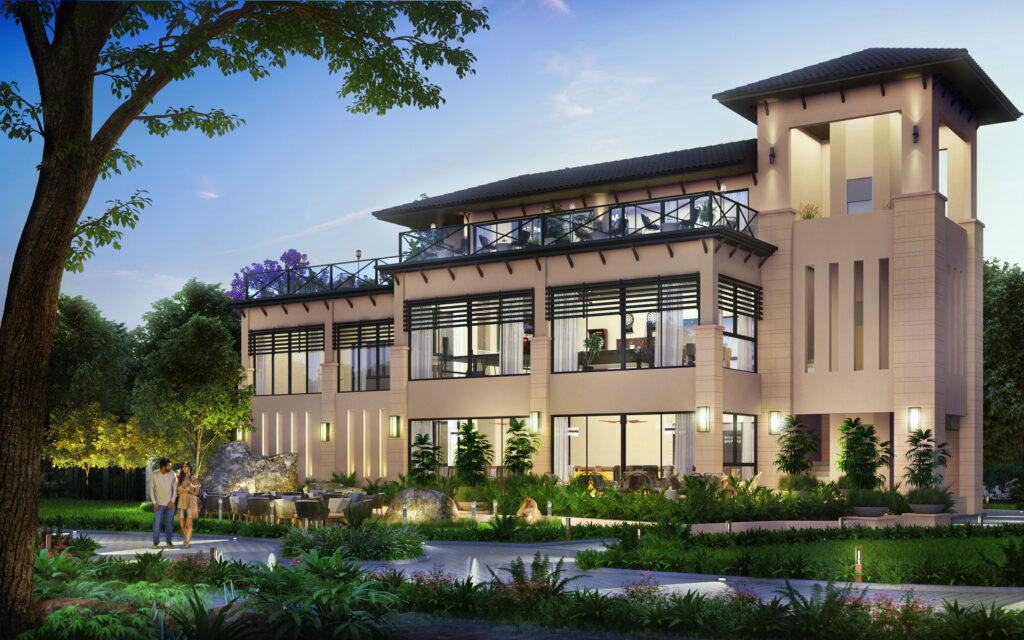

Identify the key architectural features or design elements you want to emphasize and position your camera accordingly. Use strategic camera angles to draw the viewer’s attention to specific areas, such as the building’s entrance, a striking facade, or a captivating interior space. By framing these highlights, you can ensure that your audience focuses on the most important aspects of your design.
4. Incorporate Dynamic Movements
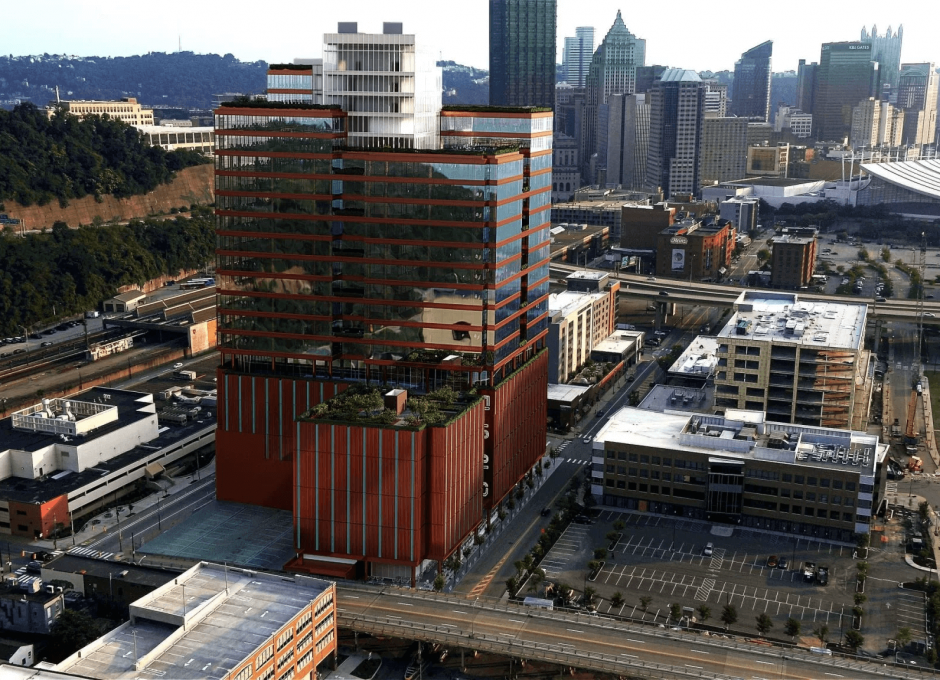

Experiment with camera movements, such as panning, tilting, or zooming, to create a more dynamic and engaging 3D visualization. These techniques can help guide the viewer’s eye, create a sense of depth and scale, and even simulate the experience of physically moving through the space. Carefully choreograph these camera movements to enhance the overall presentation and immerse your audience in the architectural experience.
5. Consider Lighting and Composition
The way you position your camera can also impact the lighting and composition of your 3D visualization. Pay attention to how the camera angle affects the play of light and shadow, as well as the overall balance and framing of the scene. Experiment with different camera heights, angles, and focal lengths to achieve the most visually compelling and aesthetically pleasing compositions that showcase your architectural design in the best possible light.
By implementing these top 5 tips for showcasing camera angles in your architectural 3D visualization, you can create captivating and impactful presentations that effectively communicate your design vision and leave a lasting impression on your audience.
Avenir Design Studio
Avenir Design Studio is a renowned provider of comprehensive 3D rendering services, specializing in Architectural 3D Visualization and 3D Architectural Rendering. With a team of skilled professionals, they deliver stunning, photorealistic visualizations that bring architectural designs to life, empowering clients to make informed decisions and captivate their audiences.
Looking for 3D visualization services to showcase your project from the most captivating angles? Contact Avenir Design Studio today and unlock photorealistic visuals that will elevate your design concepts to new heights. Their team of experts will work closely with you to bring your architectural vision to life, leaving a lasting impression on your audience.
